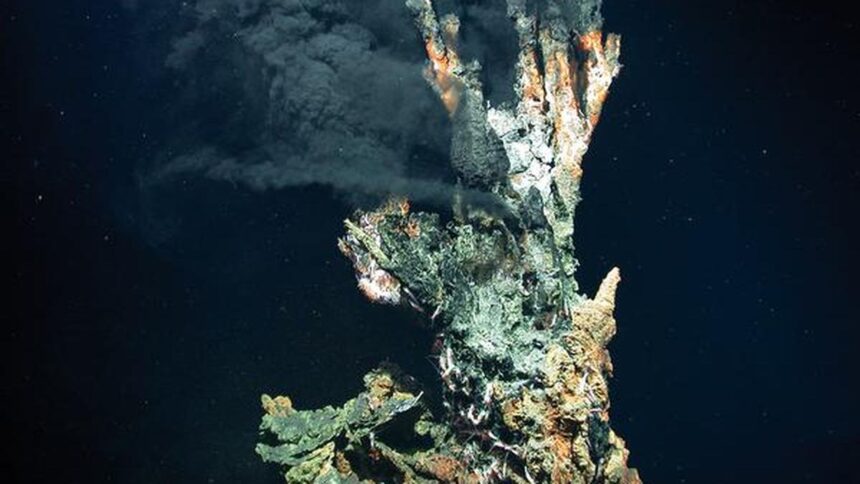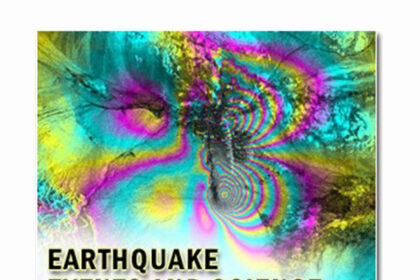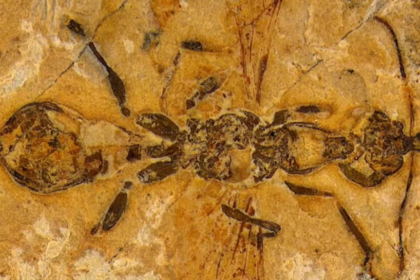Our Company Is The Prime News Network
The ‘Candelabra’ Hydrothermal Vent on the Mid-Atlantic Ridge
The ‘Candelabra’ hydrothermal vent on the Mid-Atlantic Ridge, located 3.3 km underwater, is a fascinating subject of study. Scientists have discovered evidence of ancient life forms in the precipitates around such vents in the past. This discovery underscores the importance of exploring the deep ocean, which comprises two-thirds of the Earth’s surface and is the world’s largest and least explored ecosystem.
Visual Imaging in Deep-Sea Ecosystems
Visual imaging is a crucial method for studying deep-sea ecosystems. It provides context for biological and geological samples and helps calibrate remote-sensing data. A new study in Science Advances by U.S. researchers has estimated how much of the deep seafloor humans have observed visually so far.
Data Collection and Analysis
The researchers collected 43,681 records of deep-sea visual dives from 34 institutions in 14 countries, spanning activities in 120 exclusive economic zones and the high seas. They supplemented this data with information about dive coordinates, depth, dates, operator details, and platform type from institutional records, public databases, and published papers.
Coverage Estimates
The team used two methods to analyze the data. In the first method, they estimated the area imaged by various submersible vehicle types and calculated minimum and maximum seafloor area per dive. This analysis suggests that visual coverage is at least 1,259 km² and at most 2,130 km².
In the second method, they used dive duration and vehicle speed, among other factors, from long-running programmes to estimate total coverage to be 3,823 km² over 66 years.
Geographic Biases and Coverage Gaps
The researchers concluded that visual observations have covered only 0.001% of the deep seafloor. More than 97% of all dives have been conducted by just five countries— the US, Japan, New Zealand, France, and Germany— whereas all African and most Latin American countries are not represented in operator records.
Biases in Coverage
The team also reported that features like canyons and escarpments are over-represented in observations, while abyssal plains, which dominate the seafloor, are under-represented. This implies that scholars have been making inferences about marine biodiversity and ecosystem processes based on a sample that collectively covers only half of Goa.
Future Directions
The team emphasized the need for a fundamental change in how we explore and study the global deep ocean. If there were an increase in observing capacity to 1,000 platforms operating worldwide, visually covering the seafloor at the current rate of ~3 km² per year per system, it would take more than 100,000 years to visualize the seafloor once. These estimates highlight the importance of continued exploration and study to fully understand the deep ocean’s vast and mysterious ecosystems.








